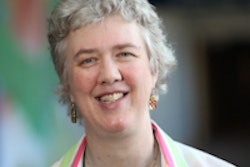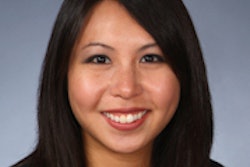Adding a measurement of breast density to cancer risk models better predicts women's risk and helps make personalized screening possible, according to a study presented this week at the San Antonio Breast Cancer Symposium (SABCS).
Lead author Dr. Jennifer Harvey, from the University of Virginia (UVA), and colleagues evaluated the association between risk factors and breast cancer diagnosis based on more than 3,400 women who received digital mammograms between 2003 and 2013. The group included women diagnosed with breast cancer and those not diagnosed with breast cancer. The study was a collaboration between Harvey's team, Sunnybrook Health Sciences Centre in Toronto, and the NorthShore University Research Institute in Evanston, IL.
The researchers calculated each woman's density using automated software from Volpara Solutions; additional risk factor information was self-reported by the study participants through an online questionnaire.
The automated measurement of breast density proved to be one of the top five predictors of breast cancer risk in the study population, the researchers found. Younger women and those with denser breasts based on quantitative measurements were more likely to have HER2-positive tumors -- an association that was not seen using the standard BI-RADS classification.
"Our current ability to accurately predict an individual woman's risk of developing breast cancer is very limited, which is why we mostly recommend the same screening for everyone," Harvey said in a statement released by UVA. "The results of this study show that adding breast density significantly improves the accuracy of the breast cancer risk model, which is critical if screening recommendations are to be individualized."



















